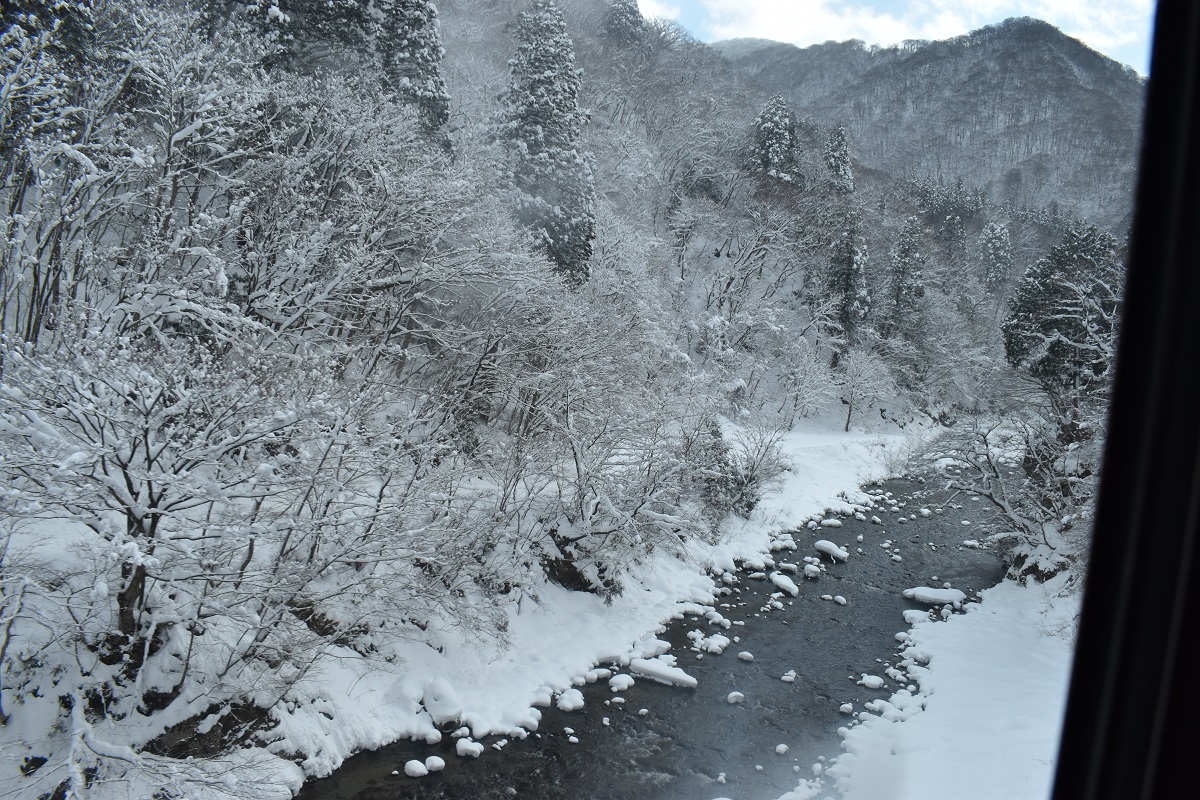Arrive into Chichibu city early, visit Chichibu Shrine (be sure to check out the carvings and the parents’ warning signboard), and select the Chichibu meisen (silk fabric with an innovative design that was popular during the Taisho era). Let’s simulate nighttime behavior. If you don’t decide on your route back to the inn and the final time in advance, you won’t really be able to return the inn.
“Kledge of paents”
>Don’t leave your skin unattended to babies
>Don’t leave your hands unattended to young children
>Don’t leave your eyes off your child
>Don’t leave your mind from young people
The operation plan for all the festival cars is open, just like a railway schedule, so you don’t have to worry about when and where they will change direction, where they will stop and stay, and when and where the children’s kabuki on the festival cars will be done. If you want to see the festival cars with fireworks in the background in the middle of the night, be sure to read the schedule.
A festival car does not have a steering wheel like a car, so it can only move in a straight line. How do it change direction at crossroads? There will be no forceful change of direction like one at the Kyoto Gion Festival does. The method is to use a lever to raise it, attach a rotating shaft underneath it, and then change direction. The work before and after rotation is a bit tedious. On the other hand, when pulling straight, it is much rougher than the Kyoto.
In the middle of the night, as festival cars cross the railroad crossing befor going up Dango sloop, the railroad overhead wires are cut off for about two hours. How bold!
At the end, as all the festival cars line up at the Otabisho, the fireworks go off directly overhead, and you’ll be more overwhelmed by the huge sound than the gaiety of festival cars decorated with lights. However, please note that seats inside the Otabisho are reserved in advance, and the fireworks are going off behind your head.
There is only one free place in Chichibu Park where you can watch the festival cars panting up Dango sloop and the fireworks in the back, and you might feel scared of crowd like sad accident at Soul during Halloween week. If fireworks are important to you, give up on Otabisho, but anywhere along National Route 140 is the best place because you can see clearly and it’s right next to the launch site.
Steam locomotives run on holidays and special days


















































































































